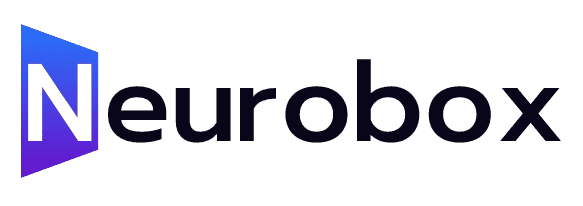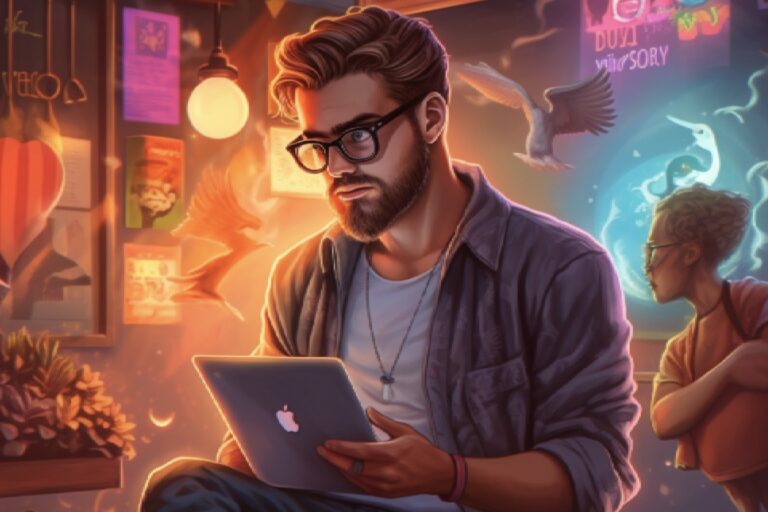How To Use Stable Diffusion To Create QR Code Scannable Art – Tutorial
In this article, we will explore the exciting world of QR codes and discover how they have evolved into a valuable tool for businesses and individuals alike. QR codes, with their scannable and visually appealing designs, are not only fun and cool but also offer immense potential in marketing and communication. We will delve into the reasons why QR codes have become an invaluable asset, discuss how to create your own customized QR codes, and explore the endless possibilities they offer.
The Power of QR Codes
QR codes have emerged as a revolutionary tool in today’s business landscape. By leveraging the scannable and visually captivating nature of QR codes, companies can capture the attention of potential customers and direct them to their desired web pages or online platforms. These versatile codes serve as a gateway between the physical and digital realms, providing a seamless way to engage with consumers. The ability to transform QR codes into stickers and place them strategically offers a unique opportunity for businesses to pique curiosity and drive engagement.
Unlocking the Potential
The widespread adoption of QR codes in various industries is a testament to their value. Forward-thinking companies are quick to recognize the potential of QR codes and are eager to incorporate them into their marketing strategies. By suggesting or creating customized QR codes, individuals working in or owning businesses can make a significant impact on their success. The future of QR codes is undeniably bright, with an increasing number of companies embracing them as an indispensable asset.
Creating Your QR Code
Now that we understand the significance of QR codes, let’s explore how to create one. The process is simple and accessible to everyone. You can use any QR code website, such as qr.io, to generate your unique QR code. Begin by visiting the website and submitting the desired link, whether it’s a website, Twitter profile, or Instagram page. Once submitted, the website will generate a QR code in the form of a PNG image that can be downloaded and utilized.
The Role of Models
To enhance the visual appeal and customization of your QR code, we will employ two models: ControlNet v11 and Tile. These models bring distinct characteristics to the table, and experimenting with different models can produce varied results. While we will focus on a couple of models to provide a starting point, feel free to explore other options and find the one that aligns best with your preferences.
Exploring ControlNet and Tiles
To begin, load your QR code into ControlNet. We will utilize both ControlNet Zero and ControlNet One, but using just one of them is also an option. Each model will yield different outcomes, so it’s worth experimenting to find the desired effect. Once your QR code is loaded, ensure that both models are enabled.
In ControlNet Zero, set \”Paint Global Harmonious\” as the preprocessor and choose \”Brightness\” as the model. Adjust the ControlNet weight to around 0.35 and leave the other parameters as they are.
In ControlNet One, select \”Paint Global Harmonious\” as the preprocessor and choose the downloaded tile model. Set the control weights to 0.5 and configure the starting control step to 0.35, and the ending control step to 0.7. These values may vary depending on the specific results you desire, so don’t hesitate to experiment.
Fine-Tuning and Sampling
To further refine your QR code, we will use either \”Euler A\” or \”DPM Keras++ 2M Keras\” for the sampling steps. For this demonstration, we have chosen 22 sampling steps, but feel free to adjust this value based on your requirements. Additionally, define a prompt that influences the generated output. As you progress, you can refine the negative prompts to eliminate unwanted elements and enhance the desired features.
Reviewing the Results
After a few batches, it’s time to assess the outcomes. We recommend starting with four batches, although more can be used if you desire. Analyze the results and identify the most promising designs. You will notice that some QR codes are easily scannable, while others might require further adjustments. By iterating and fine-tuning the process, you will find the optimal balance between scanability and aesthetic appeal.
Embracing the Possibilities
Let’s take a look at some of the generated QR codes. Each design is unique and showcases the creative potential of this approach. When scanned, these codes function flawlessly, serving as a testament to their effectiveness. For instance, a picture of a little girl holding an envelope, when transformed into a QR code, retains its scannability and appears captivating. Similarly, QR codes for \”Ancient Village\” and \”Megabot Masterpiece War\” demonstrate how this technique can be applied to diverse subjects.
Exploring Further
The possibilities are endless when it comes to incorporating QR codes into your business or personal ventures. They can be used for event ticketing, promotional campaigns, or even as eye-catching business cards. The combination of a visually appealing piece of art with vital information makes for a powerful tool in various contexts. It’s not only a creative endeavor but also a practical and strategic implementation of AI art.
Conclusion
In conclusion, QR codes have evolved into an essential element of modern communication and marketing strategies. Their scannable and visually intriguing nature captivates audiences, making them an invaluable asset for businesses. By following the outlined steps, you can create your customized QR codes, experiment with different models and parameters, and unlock the limitless possibilities they offer. So, go ahead and venture into this exciting realm, where creativity meets functionality, and let your imagination run wild.







